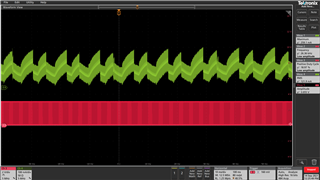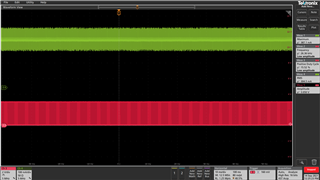Hi,
Using DRV8876PWR for driving DC motor.
While driving through PWM control method, observed when we provide below 50% duty cycle, the DC motor (with load maximum of 0.2Nm) could not able to run.
Motor Specification:
Coil Resistance: 2.5Ohm
Inductance : 16mH
Max. Continuous current : 1.18A
Kindly, provide a clarification on the PWM duty cycle behavior.
Regards,
Anjanaa



